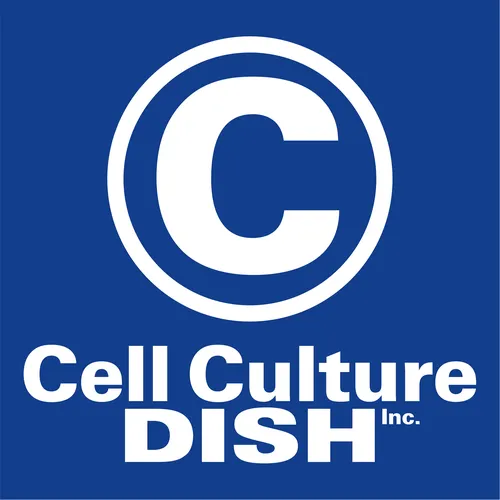Mustang Bio’s gene therapy has tremendous potential to cure XSCID or Bubble Boy Disease based on study results from St. Jude
- Author
- The Cell Culture Dish
- Published
- Wed 31 Jul 2019
- Episode Link
- https://cellculturedish.com/mustang-bios-gene-therapy-has-tremendous-potential-to-cure-x-scid-or-bubble-boy-disease-based-on-study-results-from-st-jude/
In this podcast, we interviewed Dr. Manny Litchman, President and CEO, Mustang Bio and Dr. Knut Niss, Chief Technology Officer, Mustang Bio about the exciting study results for their gene therapy candidate to treat X-SCID, why this disease is a good fit for gene therapy and next steps.
Show Notes
To begin the podcast, I asked Dr. Litchman about the study results in treating X-SCID or “bubble boy disease”, including current standard of care and why gene therapy is a good fit for this disease. He explained that X-SCID is an X linked rare genetic disease with mutation in gene responsible for insufficient immune system generation at birth. As a result, severe, recurrent and opportunistic infections occur and usually results in death by age one if left untreated. Current standard of care is Immune reconstitution by allogeneic stem cell transplant, however the transplant must be from a matched donor and the best donors are siblings. There are only about 15% matched sibling donor transplants at this time. Gene therapy would eliminate the need for a matched donor and would improve survival and quality of life for the patient.
Next I asked Dr. Niss about previous attempts at treating this disease with gene therapy and how their therapy is different. He described that in the early days of gene therapy gamma retro virus was sometimes used as the vehicle for delivery. For the current gene therapy a lentiviral construct is used, which has safety features that the gamma retrovirus didn’t provide. In the previous attempt to use gene therapy for X-SCID, the patients were cured of X-SCID, but developed leukemia due to the use of the gamma retrovirus. Today gene therapies build many safety features into the construct, many of which are incorporated into the vector used in the current study.
I then asked Dr. Litchman to elaborate on the St. Jude study and the very positive results. He explained that the results were published in the New England Journal of Medicine, “Lentiviral Gene Therapy Combined with Low-Dose Busulfan in Infants with SCID-X1,” by St. Jude. The study was a single arm study in newborn patients who were diagnosed with X-SCID. The results were striking as all patients had multi-lineage immune reconstitution. In addition, all patients that had infections prior to gene therapy cleared completely, with levels of IgM that are produced in B cells normalized in 7 patients. Four patients were able to stop IV immunoglobulin (pooled antibodies that these patients receive to prevent infections) and 3 patients had a normal response to childhood vaccinations. The safety profile was excellent with no leukemia and no transfusions required.
Next I asked Dr. Litchman if he could tell us about the two populations receiving the gene therapy currently and other patients who may benefit. Manny said that the therapy is currently being given to newborns with the disease. The incidence of the disease is very low with 1 in 225,000 live births globally. This results in about 20 patients in US. There is a larger population of about 400 who have received hematopoetic stem cell therapy and are eligible now or in the future for gene therapy because their condition has deteriorated due to infections. The National Institutes of Health (NIH) has a current trial running for these patients. Five patients have been treated and they are enrolling more patients and currently have a wait list.
I followed up by asking Manny what are the next steps for this therapy. He said that they will complete the technology transfer of the cell processing from St. Jude to Mustang’s cell processing facility in Massachusetts. It is a state of the art processing center run by Dr. Kniss. They will also continue the ongoing trial and will file for approval. At the same time, they will expand the number of sites sites for the NIH study to a ...
